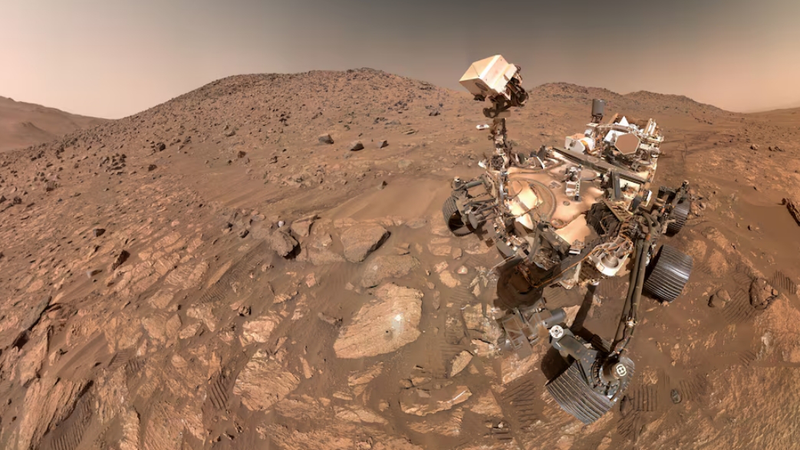On a dusty plain in Jezero Crater, NASA’s six-wheeled Perseverance rover recently drilled into a rust-colored rock thought to have formed over 3.5 billion years ago. The result? A sample nicknamed 'Sapphire Canyon' that could contain some of the strongest evidence yet for ancient microbial life on Mars.
Diving into Ancient Lake Sediments
Jezero Crater once housed a vast lake fed by river channels, and its Bright Angel rock formation preserves the fine-grained mudstones and gravel-sized conglomerates from that era. When Perseverance collected the Sapphire Canyon sample, its instruments detected two key minerals—vivianite and greigite—that often form when organic matter interacts with iron-rich sediments.
Unearthing Possible Biosignatures
While vivianite (an iron phosphate) and greigite (an iron sulfide) can arise through nonbiological chemistry, their presence in these multi-billion-year-old lakebed sediments hints at potential biosignatures. Lead researcher Joel Hurowitz at Stony Brook University notes that these mineral clues set up testable hypotheses about past life on Mars—hypotheses that could be confirmed if the sample ever returns to Earth for analysis.
What's Next for Mars Science
Future missions aiming to retrieve samples from Mars may bring home the Sapphire Canyon drill cores, allowing lab experiments to rule out purely chemical origins. Each mineral grain and fossil-like structure could reshape our understanding of planetary habitability, driving new strategies in astrobiology, remote sensing, and space tech.
Connecting the Dots for Future Explorers
As the search for extraterrestrial life ramps up, findings from Perseverance inspire a new generation of global citizens, entrepreneurs, and changemakers. Whether you’re a tech enthusiast tracking the next big discovery or a digital nomad dreaming of interplanetary travel, Mars continues to be the ultimate frontier for human curiosity and collaboration.
Reference(s):
NASA rover finds potential sign of ancient life in Martian rocks
cgtn.com




